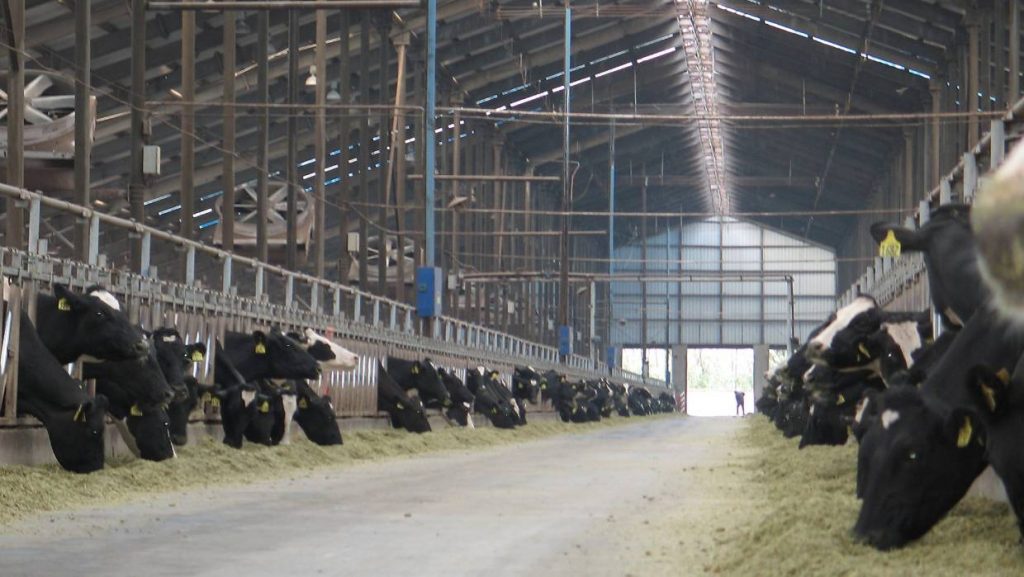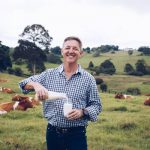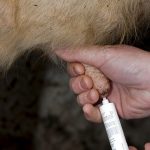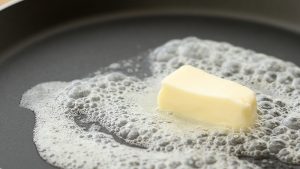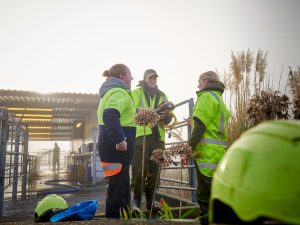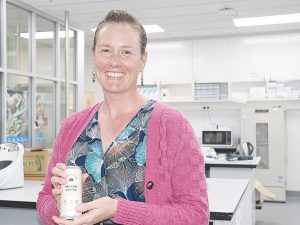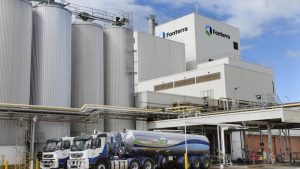
Chief executive Miles Hurrell said it was premature to discuss any outcome of the review of the farms.
“But we do believe there would be good interest. When we have an update, we will let the market, our farmers and employees know.
“We don’t shy away from the fact that we’ve invested heavily in our China farms. Any player in China will tell you it’s hard to establish farms from scratch. Our total investment in our China farms, including establishment costs and operational losses, is around $1b over the past 10 years,” Hurrell said.
